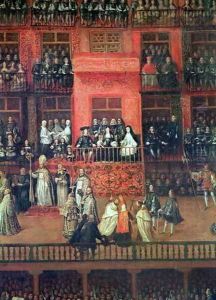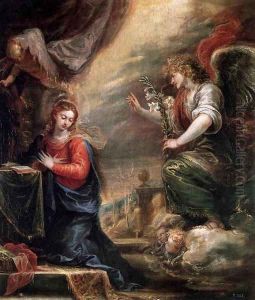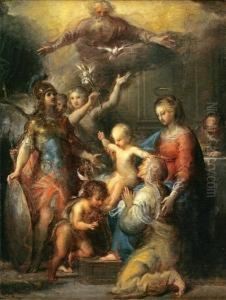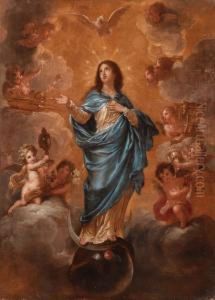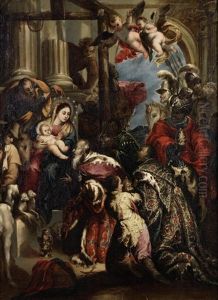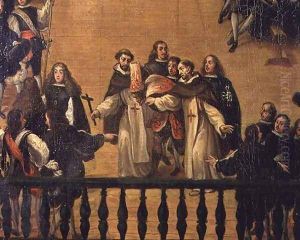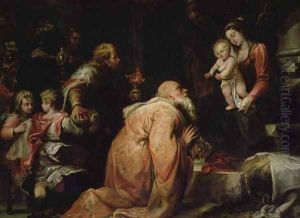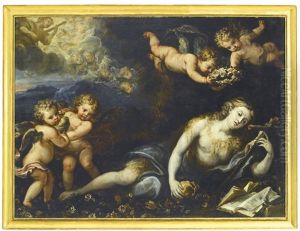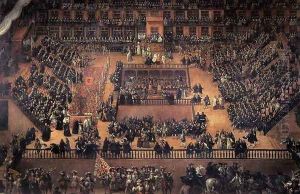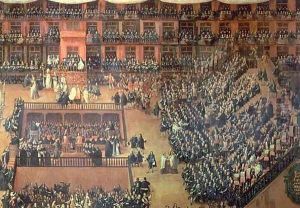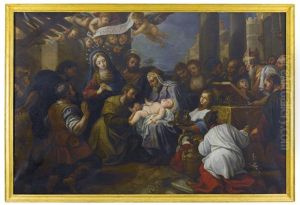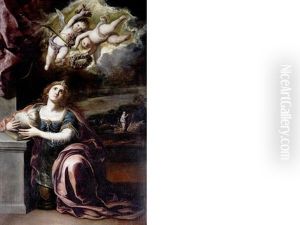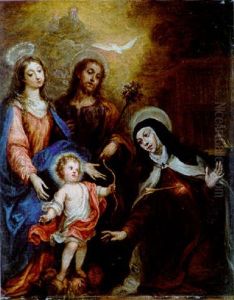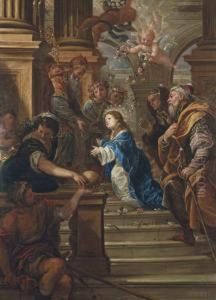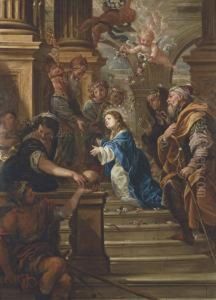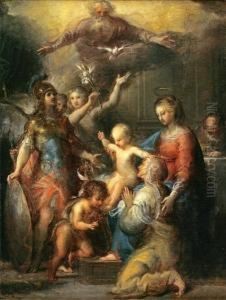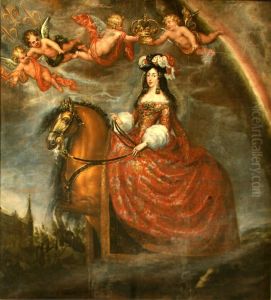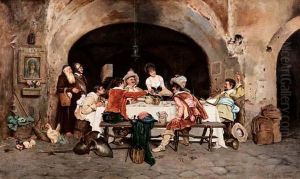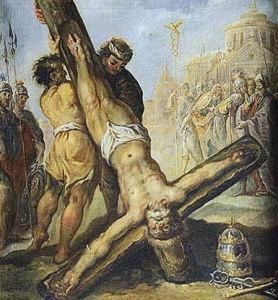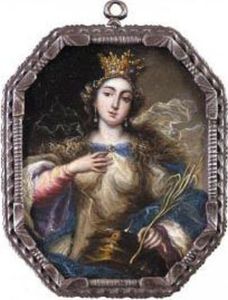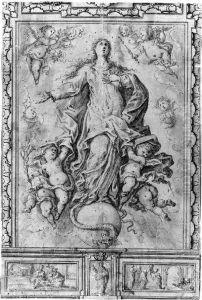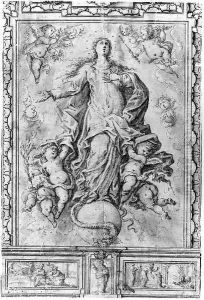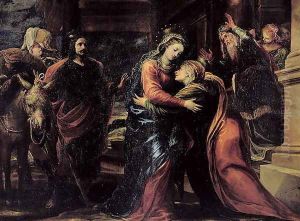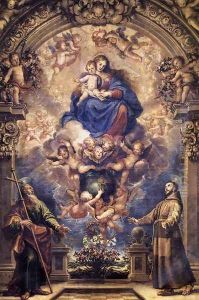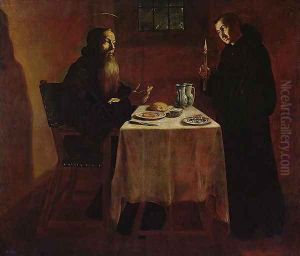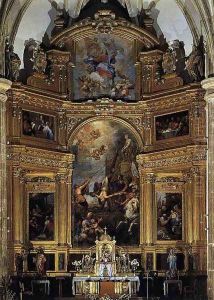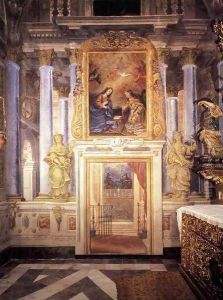Francisco Rizi Paintings
Francisco Rizi was a Spanish painter born in Madrid in 1608. He was one of the prominent painters of the Baroque period in Spain and worked primarily for the Spanish court. Rizi was the son of the Italian painter Antonio Rizi, who had moved to Spain, and this family connection provided Francisco with an artistic environment from an early age. He was trained by his father and later by Vicente Carducho, an established court painter.
Rizi's work was known for its dramatic use of light and shadow, a technique known as tenebrism, which was popular among Baroque artists and is often associated with the works of Caravaggio. Rizi's style, however, was less intense than Caravaggio's and was influenced by his Spanish contemporaries, including Velázquez. He was also influenced by Flemish and Italian painting styles, which he integrated into his own work.
In 1656, Rizi became the official painter to King Philip IV of Spain. His role included designing and painting for various court functions, including theatrical performances and religious ceremonies. He also created numerous altarpieces and religious works for churches throughout Spain.
One of Rizi's most notable works is 'The Auto-da-Fé in Plaza Mayor, Madrid,' painted in 1683, which depicts a public act of faith and penance of accused heretics during the Spanish Inquisition. This painting is significant for its historical content as well as its artistic execution.
Rizi was also a teacher and served as the deputy director of the Royal Academy of Fine Art of San Fernando in Madrid. Through his teaching, he influenced the next generation of Spanish painters.
Francisco Rizi continued to paint until his death in 1685. His works are preserved in various institutions, including the Prado Museum in Madrid, and continue to be studied for their contribution to the Baroque period of Spanish art.
